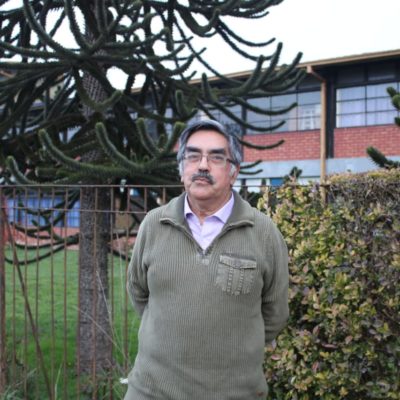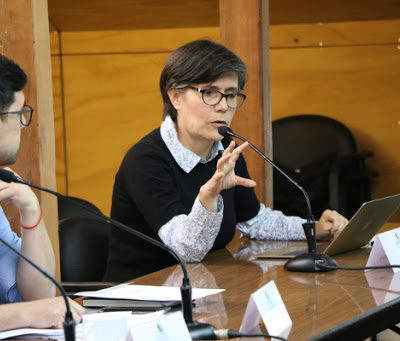Ricardo Mendoza has a vast experience in the heritage field that had him for 25 years in charge of the direction of the Museo de Sitio Castillo de Niebla, where he was deeply interested in the old Valdivia. One of his studies was based on the “Muro de Duce” (also known as “Cerco de Duce”); perhaps a story somewhat unknown by Valdivians themselves, but that is an integral and genuine part of the time of the Spanish Conquest in the country and that speaks of a walled city.
In fact, the wall was real and dates from approximately 1780. It was a work of several kilometers that crossed part of the current capital of Los Ríos and its construction is due to the engineer of Spanish origin Antonio Duce, born in Zaragoza in 1733. Its construction was relatively brief and was never definitively consolidated: “according to the existing documentation, it had different structures such as palisades or ravelins as it was known in those times. On the other hand, it was distinguished cancagua mixed with stones. I believe that this depended on the conditions of the specific place where it was being built and the availability of materials that existed at the time. It is very likely that by the year 1800 this fence had already been completely removed,” explains the former director.
The reason for its construction? Defensive. Since there was always in the mind of the Spaniards a certain concern for some indigenous uprising that could happen in the southern zone, similar to the one at the end of 1600 where the city had been destroyed. “With this Duce managed to consolidate the edges of the city that had already been extended. Likewise, a historical precision that must be made is that this one had nothing to do with the towers that had a surveillance role and also they are previous”, he adds. he adds. The work of this Spanish engineer does not only refer to the wall, since he also intervened in the improvement of some of the other castles of the Spanish defensive system in the area, in addition to the construction of several batteries in the “Fort of Niebla”.
INDEPENDENCE
With the emancipation of Chile from the Spanish Empire, many fortifications and resources of the colonial period became obsolete and the “Muro de Duce” was no exception. One of the last known information about it corresponds to Paul Treutler, a German traveler who arrived in Valdivia in the mid 1800’s and describes it only as “some remains”. At present -according to Mendoza- the only thing that remains can be seen in the cuts behind the houses on Beneficencia Street, in the back of the courtyard that adjoins Beauchef Street.
Thanks to a Fondart project by industrial designer Felipe Araya, with the collaboration of Mendoza himself, among others, a few years ago a demarcation of “red dots” was made in the streets of Valdivia where the fence was once erected and which are now barely visible. “One of the aspects that should always be remembered is that Duce did a very remarkable thing; instead of making a straight layout of the wall, he followed the edge of the swamps and hualves that surrounded the city. I believe that this determined the layout of Valdivia and how this city has been growing until today,” he concludes.







